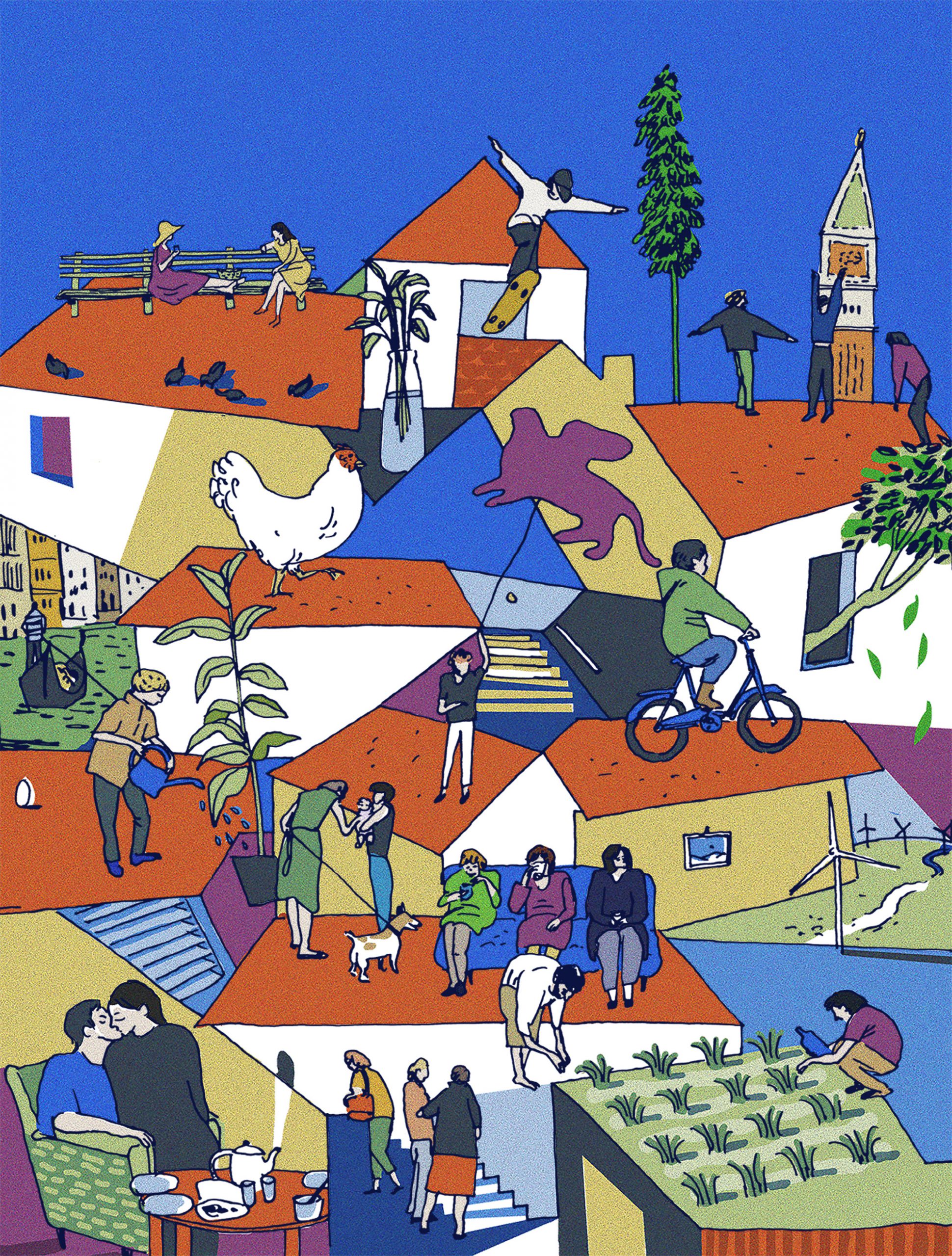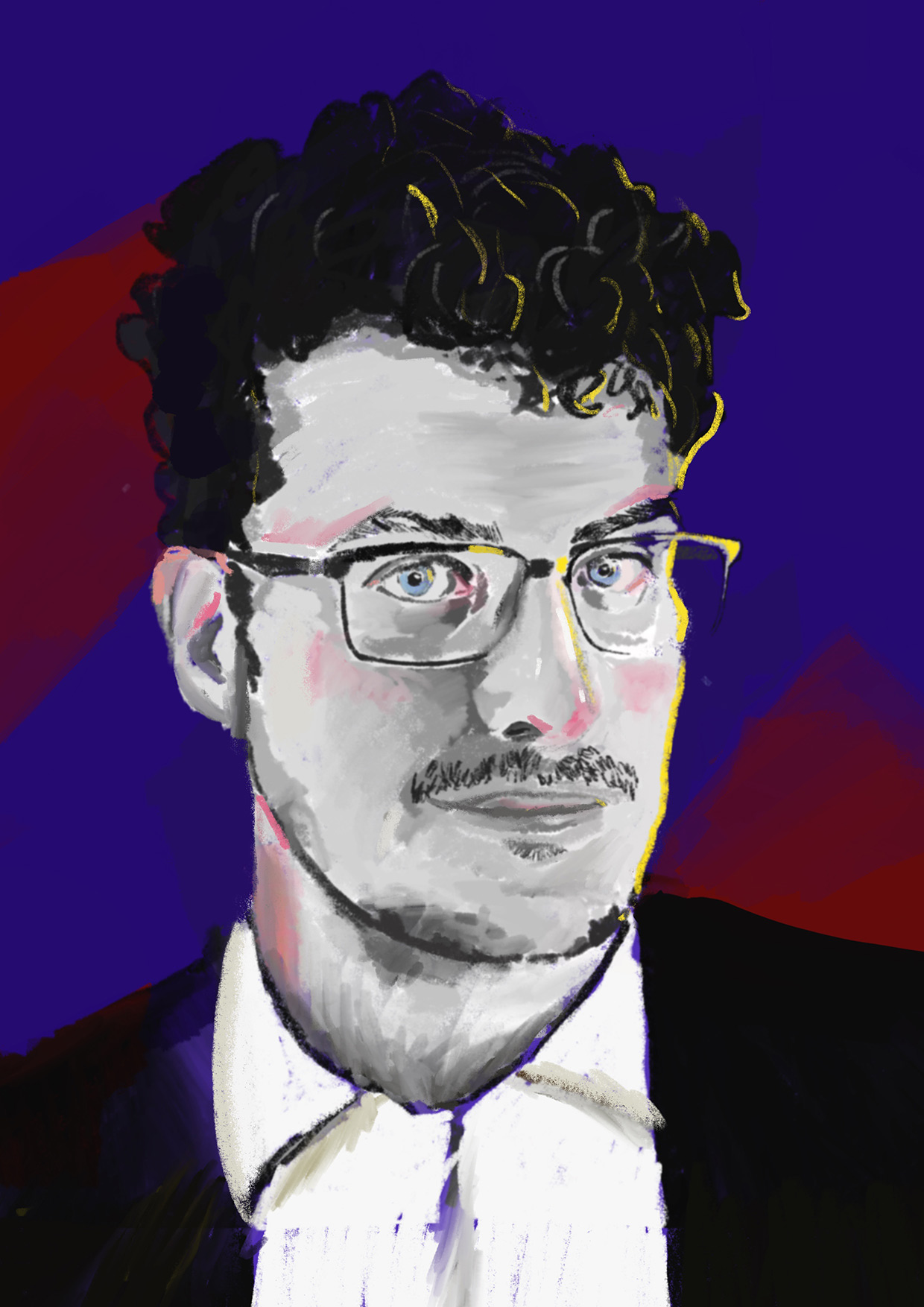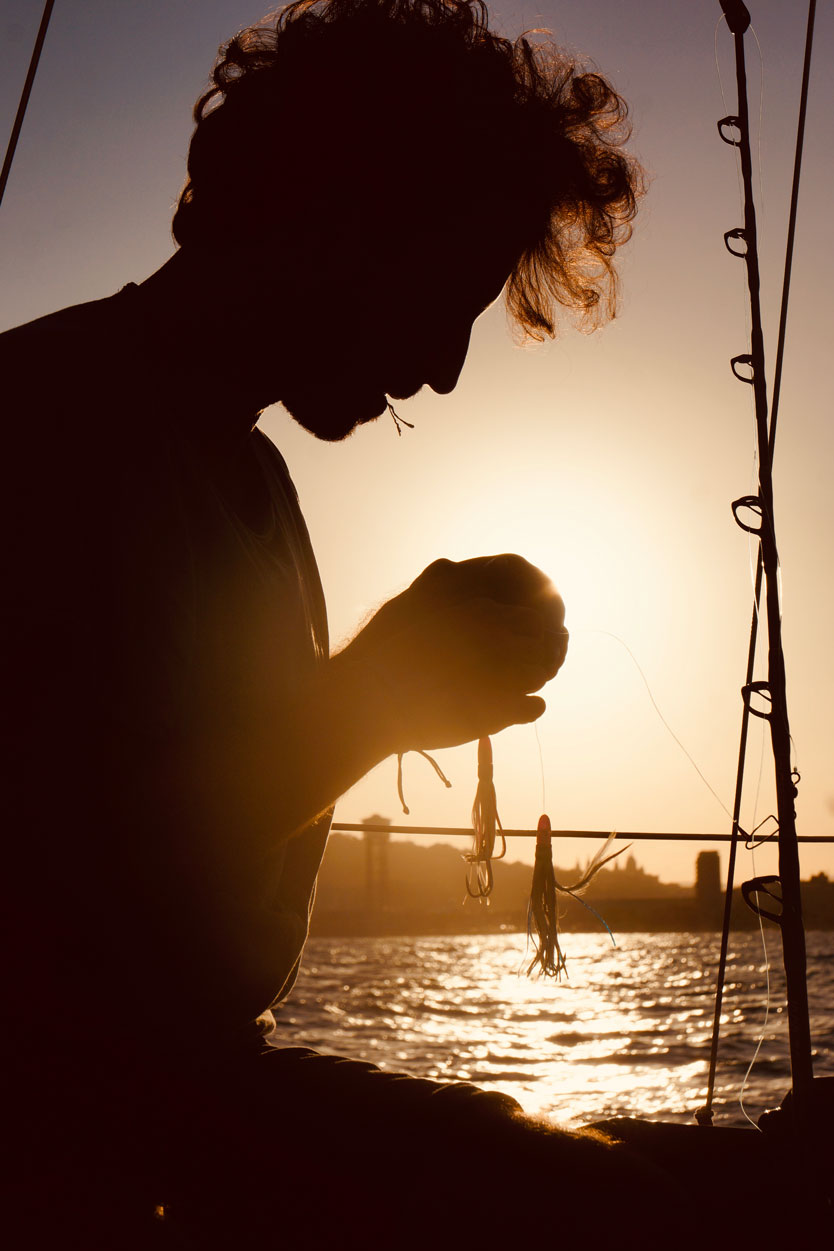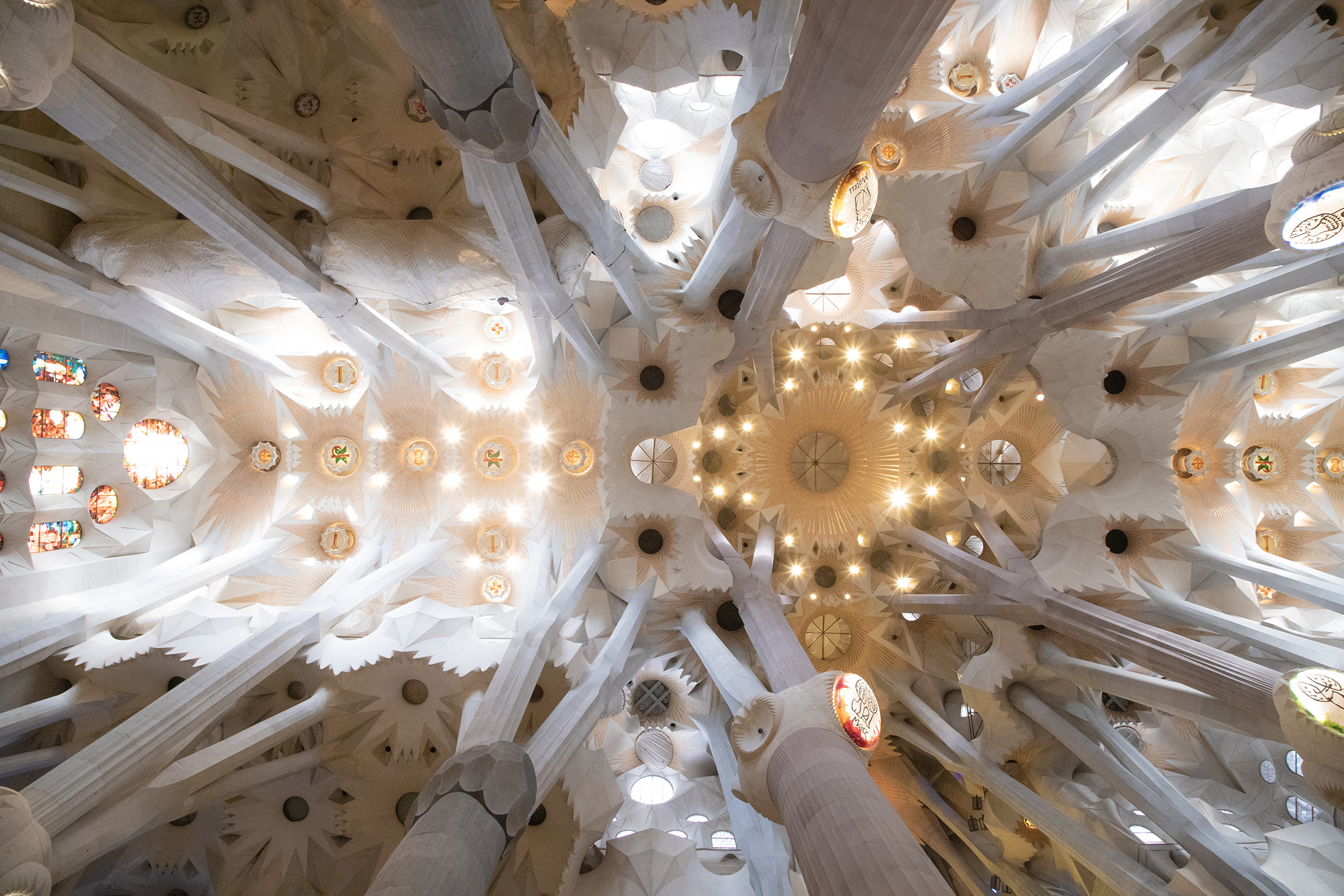
No Man is an Island
During this past year, our experiences have told us that we can no longer live in the way we had become accustomed to. We have to “rethink” our lives. Even if this seems quite scary, we must try to approach this challenge more as an opportunity than as a trouble.
The etymology of the word “crisis” comes from the Ancient Greek κρίσις «choice, decision, crucial stage of a disease». The word comes from κρίνω which means «distinguishing, judging». We may say that we are beginning the decisive phase in which something is coming to an end but the healing process is about to start. And we can’t yet imagine what form this process will take.
As the Italian (French naturalized) philosopher, Emanuele Coccia says, the solution is not to find a new monastic way of living, but to imagine our house as an open system, a kind of flexible ecosystem with strong links to the outside world.
This is the challenge of the curator of the Biennale, Hashim Sarkis, who has called upon architects “to imagine spaces in which we can generously live together”. This demand is more relevant now than ever, and is the focus of interest of the entire world. What we have to do is to take advantage of this moment and think about a future which does not only inhabit the house but the city too. According to what was stated by philosopher Emanuele Coccia “we might even consider this the beginning of an actual domestic revolution”.
“we might even consider this the beginning of an actual domestic revolution”.”
The 17th Venice Architecture Biennale aimed to answer, “How will we live together?” and to answer it with an optimistic presentation. The theme was decided before the pandemic and now it seems more prophetic than ever. The question, as Sarkis knows, is very odd. The Babylonians already wondered about it when they were building their tower; even Plato’s Republic is an enquiry on the ideal city, and Aristotle’s Politics tried to answer the question that Sarkis puts to us now in the form of an art exhibition, more than two thousand years later.
The answer cannot come from just one single source, and the heterogeneous nature of the question posed shows its wonderful complexity. The variety of possible responses is evidenced by the 2022 exhibition shown in Venice.
The International Exhibition included 112 Participants in competition from 46 countries, with a growing delegation from Africa, Latin America and Asia and with a wide female representation. The Exhibition was organized into five venues, three are exhibited in the Arsenale and two in the Central Pavilion. Their titles were: Among Diverse Beings, As New Households, As Emerging Communities, Across Borders, and As One Planet. With its 126 years of history, the Biennale confirms itself to be an institution where contemporaneity goes beyond the art form it represents, and embraces the reflections, the professionality, and the provocations of artists from the entire world.
Hashim Sarkis thinks that we need a new spatial contract to find a way to live together again. But what does “together” mean? It means living with one another first as human beings, then as family units, as communities, and beyond borders that imagine new forms of geographical association. But more than ever, together means inhabiting this planet; a planet that has no choice but to emerge from this global crisis and survive.
As Coccia writes in his Philosophy of the House (Einaudi), we cannot think anymore of our ‘four walls’ as a closed system, but as part of a cluster in a surrounding community. We have to redefine that space in which we live. Not only the architects, but we too are called on in first person to embrace the idea of a space that is free and permeable, not pure, but contaminated. We know that “no man is an island” as John Donne and Hemingway reminded us, but we defend ourselves and our spaces thinking that our house is in fact our own impenetrable little island.
Now we have been “shipwrecked” by the pandemic and so now we need to start again, creating a future scenario in which we all can coexist. No more isolated units, but small communities in which our duty will be to re-design the experience of the home, thereby inventing a new space for shared happiness.
“Inhabit”, Emanuele Coccia writes, “does not mean just being surrounded by something or occupying a portion of the earth’s space. It means creating close relationships with all phenomena, with other spaces, so that we are sure in the end, to make happiness inseparable from our very breath. A house is a structure so intense that it can change our way of being and change everything that is part of its magic circle”.
And who are we to break it?
You may also like
Circular Cities
Emanuele Bompan is a journalist and geographer. He is the author of the best-selling book “What is
Life on deck
Tommaso Sagnelli, 28 year old Italian takes a life changing decision: quit his job, buy a boat and l
From Gaudí to Bofill
What Catalan architects can teach us about sustainability.







Post a comment